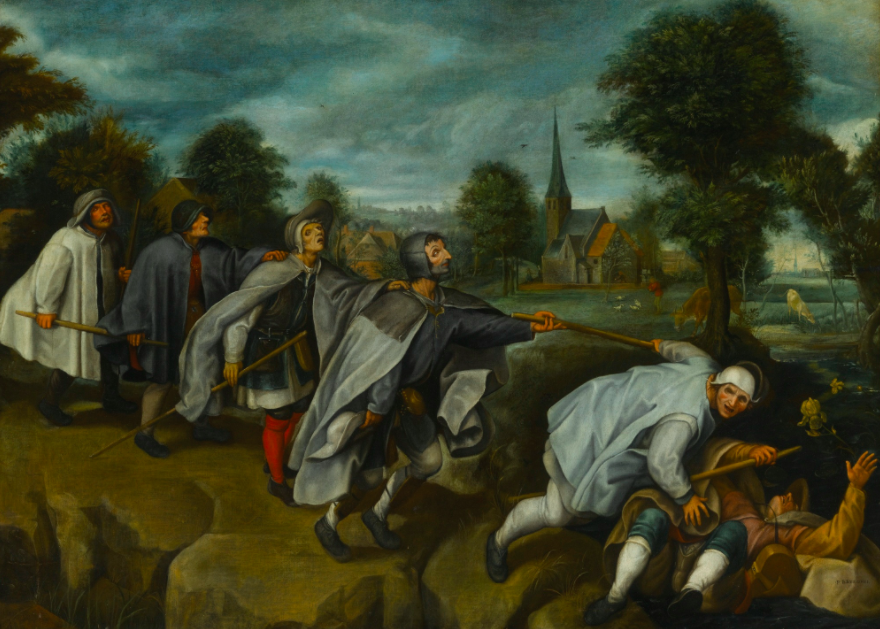In Other News: Allegory, Fakes, HEAR Act, Synergy and Street Art
January 31, 2017


* * *
Old Masters Faked The 2011 private sale involving a “modern forgery” was undone five years later, when Sotheby’s auction house recognized that it sold the work under a false attribution to Frans Hale. The handsome sum of about $10 million dollars paid for the “Portrait of a Man” was reported as reimbursed by the auction house to the buyer in 2016. In January 2017, Sotheby’s again made the news for denouncing authenticity of another painting and naming its consignor a defendant in a breach of contract complaint. The second painting, known as “St. Jerome” by an old master from Italy, has been tested by a lab Sotheby’s acquired in 2016 and reported as containing modern pigments. Funds at stake from the sale of “St. Jerome” – over $650,000.
The existence of fakes in the art market is no news. The steps taken by different players (private and public actors) to address claims and evidence of misattribution and fraud are newsworthy.
* * *
Eyes on HEAR Act In January 2017, Carter Ledyard & Milburn LLP issued an advisory regarding the new federal law, Public Law No. 114-308, known as the Holocaust Expropriated Art Recovery (HEAR) Act extending the statute of limitations for claims to Holocaust-expropriated art. See full text here.
From the advisory: “The HEAR Act operates by displacing individual American states’ statutes of limitations with the new six-year deadline. The HEAR Act does not create a federal right to recover artwork, and does not create a uniform federal statute of limitations for all Holocaust art claims. Claimants must still allege a right to recovery under existing state law, based on theft or conversion. Although Congress’s stated intention is for these disputes to be decided on the merits, because of an exception set forth in the law, the new law will not end quarrels about which state’s law applies. . . .”
* * *
Beyond the Artmarket Room for meaningful artist/lawyer relationships are explored in an essay co-authored by Sonia K. Katyal and Joan Kee for Hyperallergic entitled “How Art and Law Can Work Together Beyond the Marketplace” (Jan. 12, 2017).
Excerpts from the essay: “… More recently, lawyers and artists alike have struggled over competing claims to freedom of artistic expression and those made in the name of defending intellectual property rights. … The questions raised regarding racial difference, inequality, and appropriation are difficult ones, and, over time, it has become increasingly urgent that we engage with both the languages of art and law to make sense of how to answer them.
Today, the need for these conversations — particularly as they address non-white, female, queer, and transgender artists — becomes particularly acute in the wake of Donald Trump’s election, who has demonstrated an explicit intent to perpetuate unequal treatment before, and despite, the law. How does the art world respond, and how can art lawyers support the need for a critical response?…”
* * *
Tasseography The newly minted President of the United States is making the news and inspiring artists to apply themselves. In “A Tremendous Roundup Of Street Art Ridiculing Donald Trump” (Jan. 27, 2017) and “‘It’s going to make art great again’: the street artists taking on Trump” (Jan. 25, 2017), The Huffington Post, The Guardian and others have picked up on the fact that “street artists have a lot to say about President Donald Trump….”
Disclaimer: This article is for educational purposes only and is not meant to provide legal advice. Readers should not construe or rely on any comment or statement in this article as legal advice. For legal advice, readers should seek an attorney.




You must be logged in to post a comment.